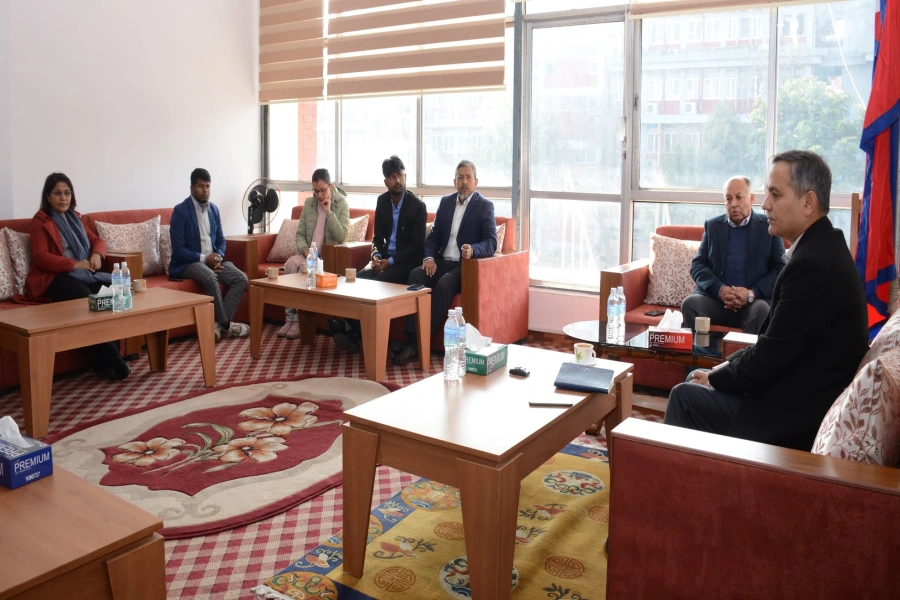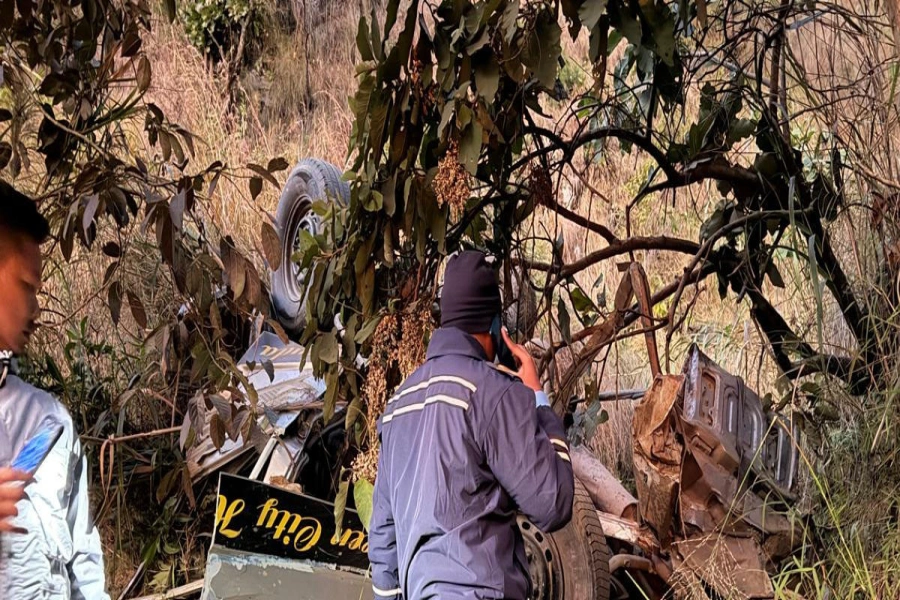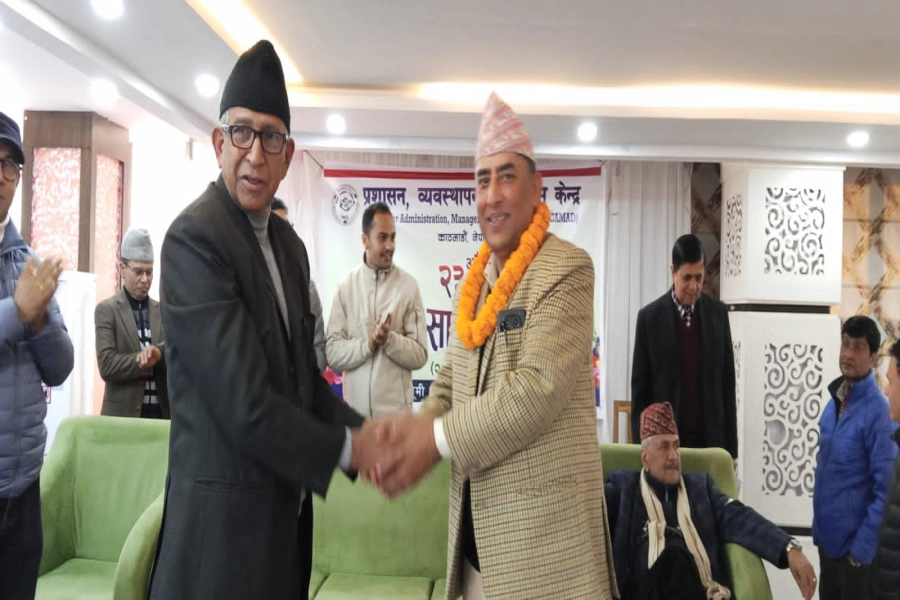KATHMANDU, July 10: Kathmandu holding one-third of the population in the country produces tons of waste each day. 1000 tons of solid waste per day is dumped at Municipal Landfill at Sisdol from Kathmandu, Lalitpur, Bhaktapur, Kakani, and Banepa.
In 2005, the solid waste was 250 tons per day. Besides landfills, solid waste is thrown in the riverbanks, roadsides, and open spaces waiting for the sweeper to collect. Each day solid waste is thrown unsegregated. Everyday household products to food and medicine are brought in plastic. Plastic bags itself form 11% of the waste every day.
Kathmandu Valley begins dumping its waste at Banchare Danda lan...

The Department of Environment under the Ministry of Science, Technology, and Environment decided to ban plastic bags up to 40 microns thickness and ‘20 x 35 inches’ of size in Baisakh 2072.
According to ‘Environment Statistic of Nepal- 2019’ released recently by the Central Bureau of Statistics, 89.3 percent of industries did not have solid waste management facilities. Food and Beverage industries produce the largest amount of solid waste.
Report up to 2013 on solid waste generation Kathmandu Metropolitan City Office (Solid Management Section) around 362 tons of household, 54 tons of commercial, 54 tons of streets and 54 tons of VDC waste are generated per day.
Around 60 % of wastes are organic but Sisdol holds tons of unsegregated waste. The recyclable products are brought back from Sisdol and sold to industries. Out of 237 plastic and rubber product, only 58 can be reuse or recycle.



































